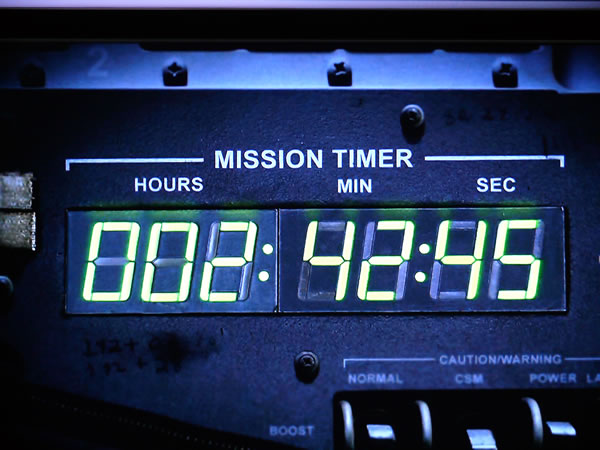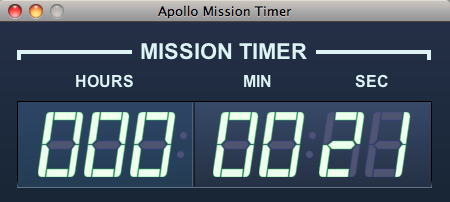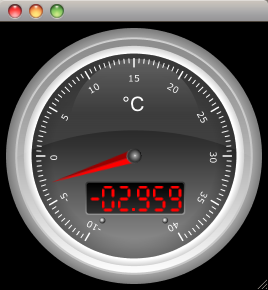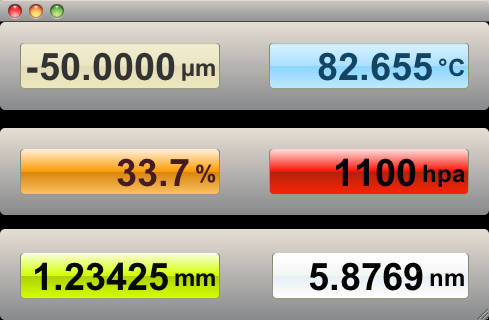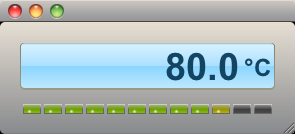Am Mittwoch dem 27.01.2010 finden im Hörsaal Leo18 auf dem Leonardocampus (am Johann-Krane-Weg zwischen der Eishalle und dem Technologiepark http://tinyurl.com/jugmsleo18) im Rahmen unserer Vortragsreihe „Talklets Münster“ der nächste Vortrag statt.
Vortrag:
JavaServer Faces 2.0
Seit dem Sommer 2009 ist die JSF 2.0 Version „final“. Der Vortrag stellt die wesentlichen Bestandteile der neuen Version vor. Anschließend gibt es einen aktuellen Status zu Apache MyFaces 2.0, dass eine Alternative zur SUN RI (Mojarra) darstellt.
Referenten:
Matthias Wessendorf
arbeitet für Oracle an einer Server-Side-Push (aka Comet) Lösung für die ADF Faces JSF Bibliothek. Er ist PMC Chair von Apache MyFaces. Matthias blogt regelmäßig auf http://matthiaswessendorf.wordpress.com und twittert unter @mwessendorf
Bernd Bohmann
arbeitet für die IRIAN Deutschland GmbH als Software-Entwickler und Berater. Er ist ein PMC Mitglied der Apache MyFaces-Projekt.
Agenda:
| 18:30 | Einlass
| 19:00 | Vortrag: JavaServer Faces 2.0
Damit wir in etwa die Anzahl der Besucher abschätzen können wäre es schön wenn sich alle Interessenten unverbindlich unter http://tinyurl.com/talkletsanmeldung anmelden würden.
UPDATE 2: Falls Ihr die Demo oder die Folien noch mal ansehen wollt: weiterlesen
